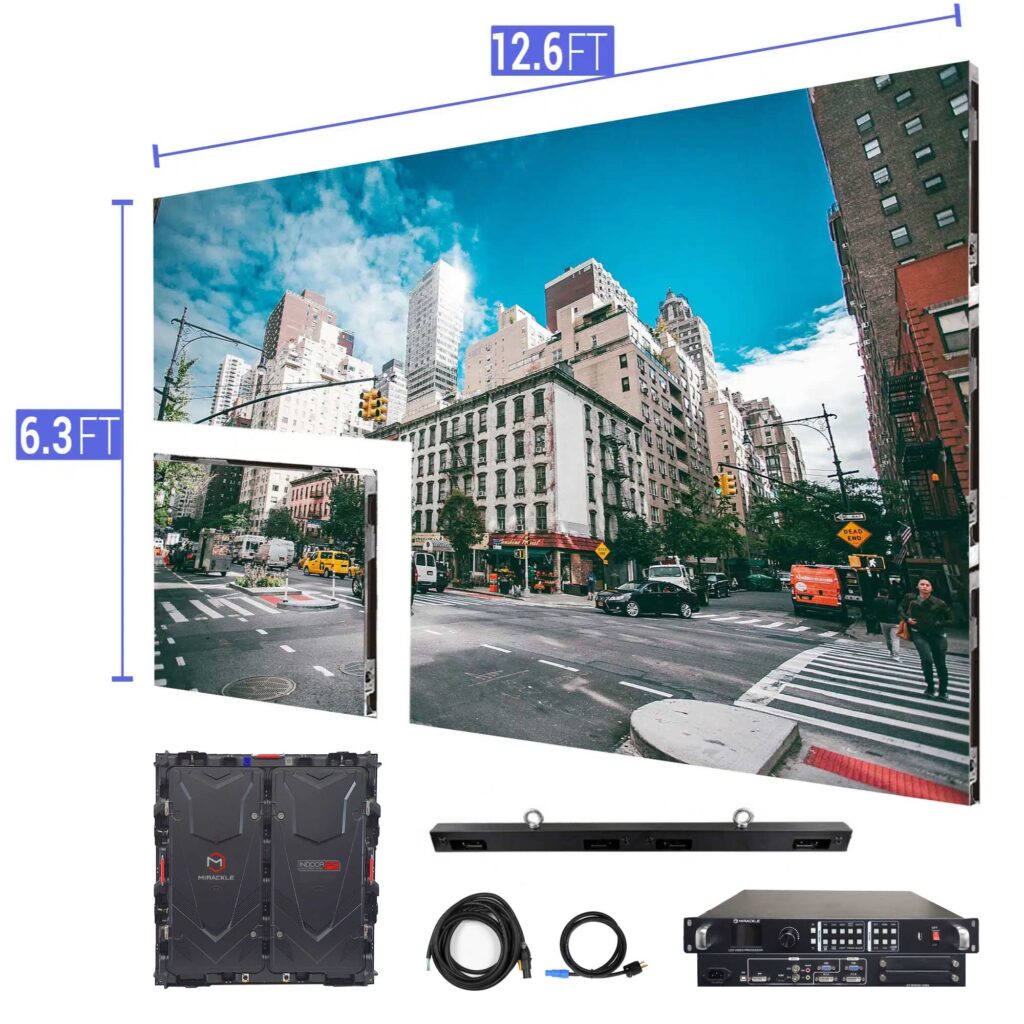Examining the Fundamental Elements That Influence Brightness in LED Wall Panels
LED wall panels are increasingly popular for and promotion and leisure due to their luminous and vibrant images. Understanding the factors that influence the luminosity of these screens is crucial for producers and buyers alike. Luminosity is typically gauged in nits, which indicates how much illumination is produced from the area of the screen. Numerous key elements affect to the overall luminosity, including the type of Light Emitting Diode used, the quality of the screen materials, and the power supplied to the screen.The type of Light Emitting Diode chip used in a panel panel plays a significant role in its brightness. Various Light Emitting Diodes emit differing levels of light output, which gauge the amount of illumination visible to the human eye. Premium components, such as those made using sophisticated technology, can generate brighter illumination with greater efficiency. Furthermore, the color temperature of the Light Emitting Diode also affects perceived brightness. For instance, cooler color tones (higher Kelvin values) can seem more luminous than warmer ones, even at the same lumen level. This feature is vital for applications where visibility is crucial, such as in external advertising.
The materials used in the building of LED wall screens also affect their brightness. The kind of foundation and coating materials can influence how much visit illumination is conducted versus how much is absorbed or scattered. For example, a screen made with premium optical material will allow more illumination to flow through than one made with inferior materials. Additionally, the configuration of the panel, including its depth and the arrangement of the Light Emitting Diodes, can enhance or diminish luminosity by influencing how light is spread across the panel.
The energy supply provided to the LED panel panels is another critical factor in determining brightness. Each Light Emitting Diode chip has a particular voltage and electric flow requirement for optimal functioning. If the energy supply falls short, the luminosity of the panel will decrease. Conversely, providing too much energy can lead to overheating and reduced lifespan of the Light Emitting Diodes. Therefore, maintaining a consistent and adequate power supply is essential for realizing consistent brightness levels. This is especially important in changing screens, where brightness may need to be adjusted for this link varied illumination conditions.

Finally, surrounding factors can influence how luminosity is perceived. Surrounding light conditions play a significant role in how bright an LED panel panel looks. In bright daylight, for example, a panel with a lower luminosity level may struggle to be visible clearly, while a higher-brightness screen can be prominent more effectively. Additionally, the perspective from which the panel is observed can influence brightness appearance due to how light bounces off surfaces. Comprehending these factors helps consumers select the appropriate Light Emitting Diode wall panel for their requirements and ensures that producers produce products that satisfy brightness expectations for various uses.